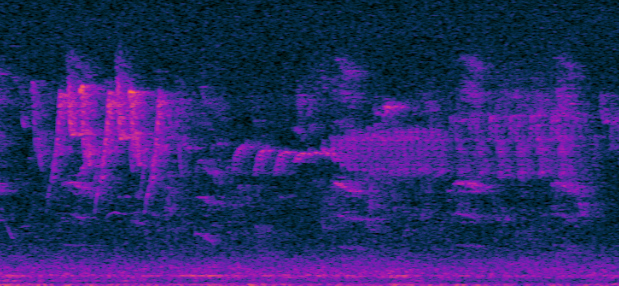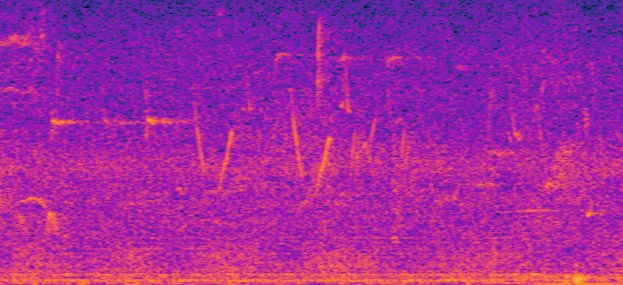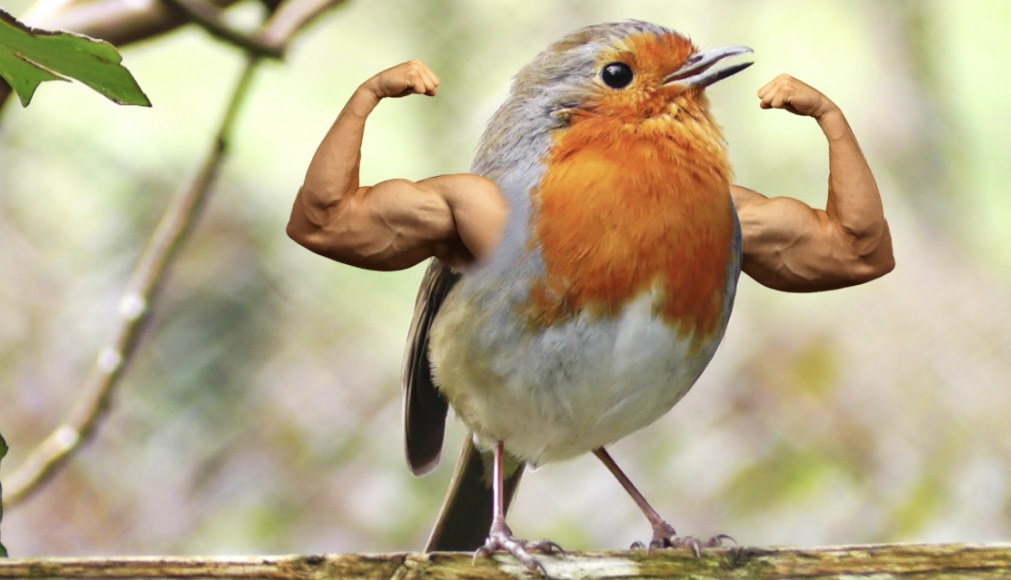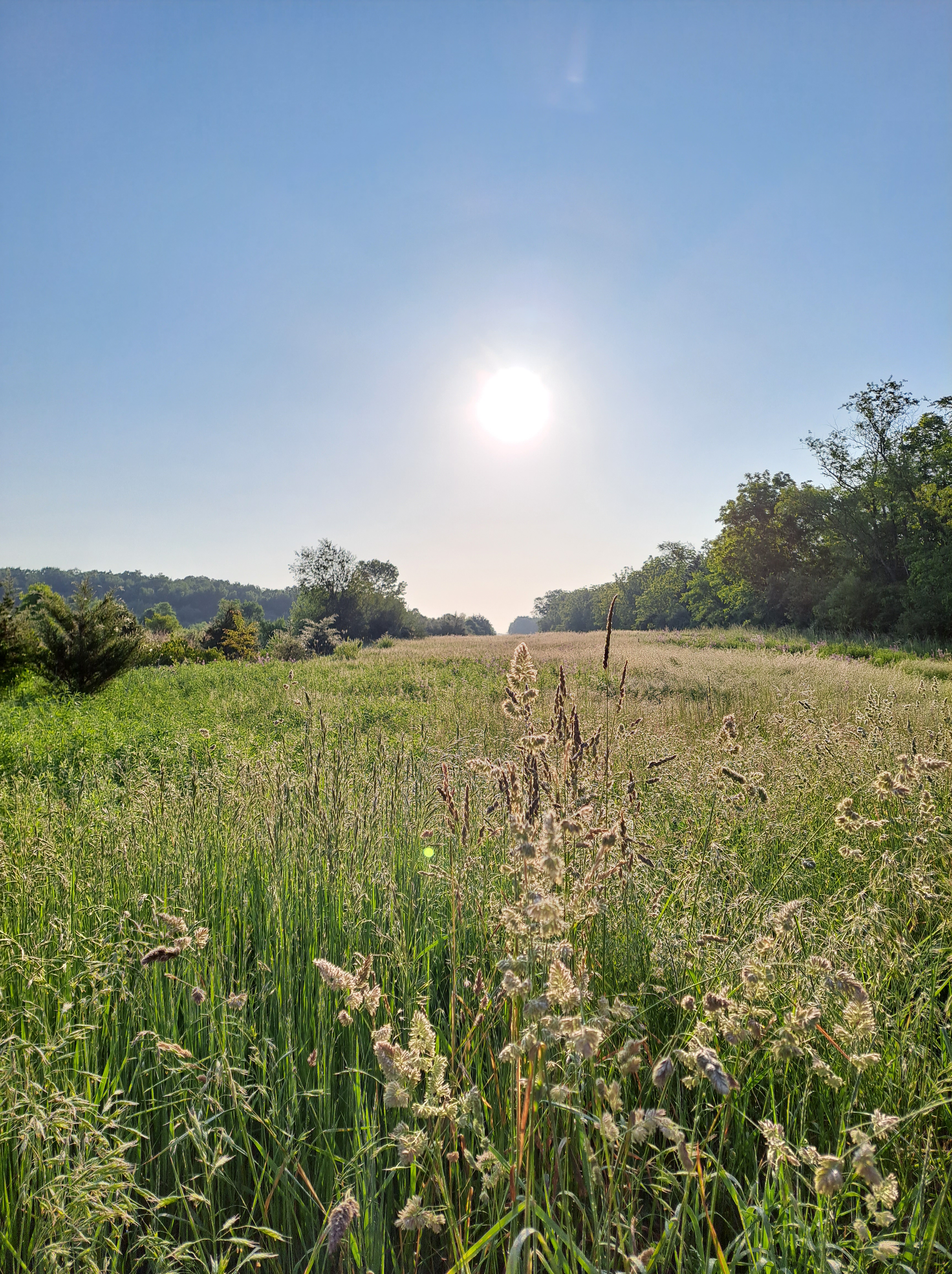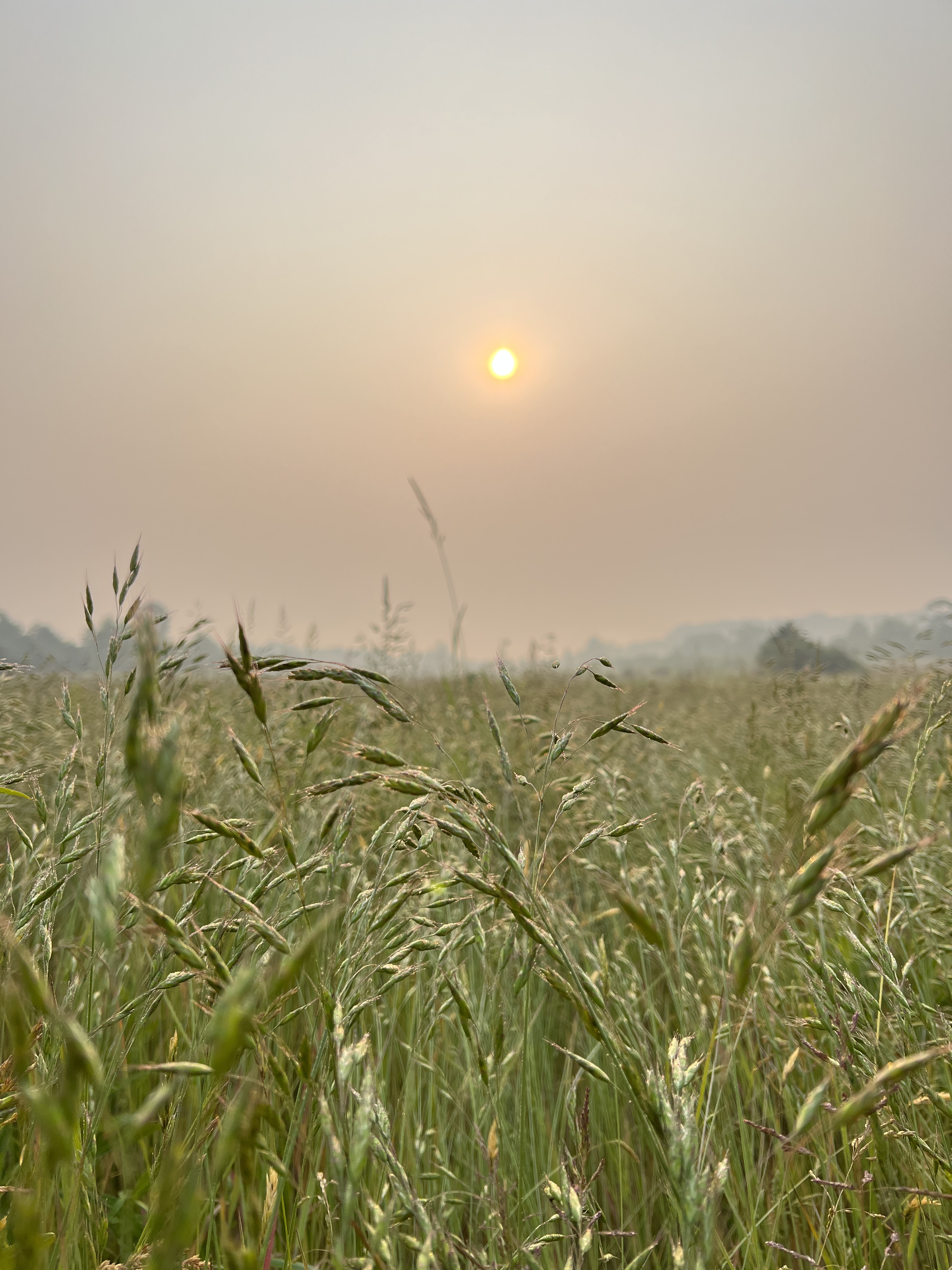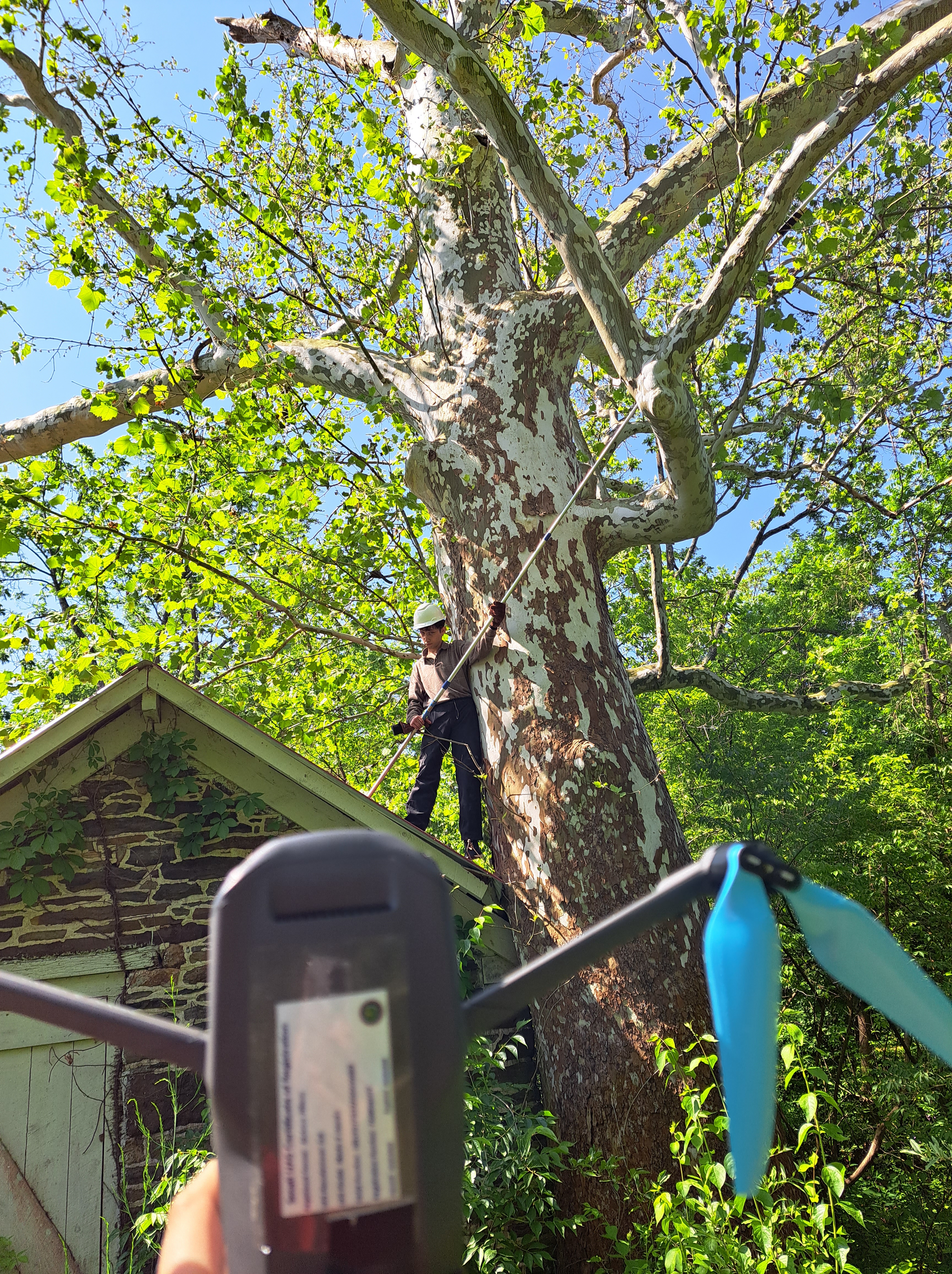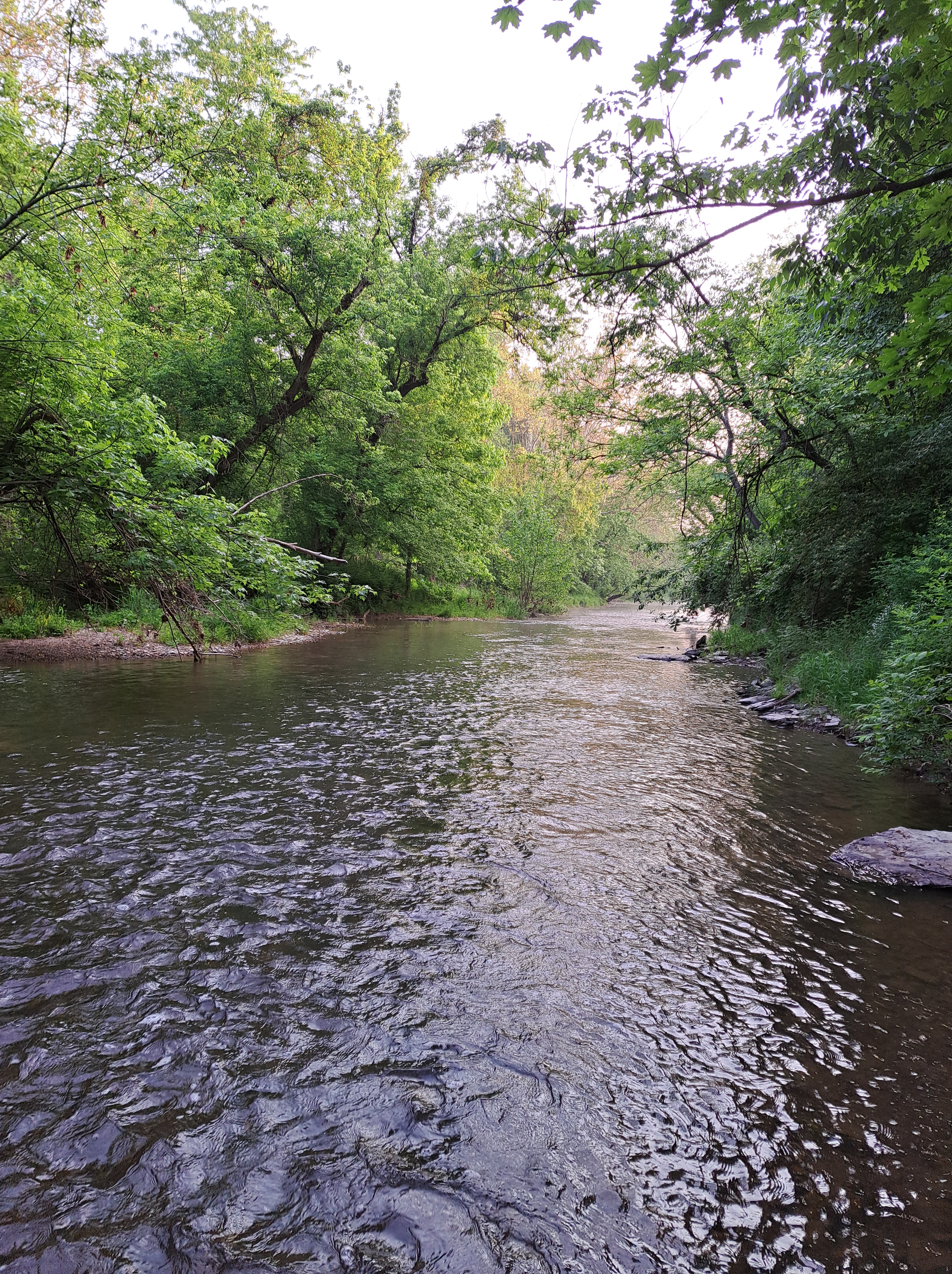Hello! We are the Wilson Lab (composed of Andy Wilson, Jake Stergio, Kate Anderson, and Ritik Sarraf) and we are researching the efficacy of airborne bioacoustics for bird conservation. Jake is a rising senior majoring in Environmental Studies and Biology, Kate is a rising sophomore majoring in Environmental Studies, and Ritik is a rising junior majoring in Physics and Mathematical Economics. We hope you enjoy reading about our project, and if you read all the way through there are some fun highlights and pictures at the bottom 😉
Before we get into the specifics of our project, we wanted to briefly mention why we, and many other ecologists, study birds specifically. I’m sure you’ve heard the phrase “canary in a coal mine,” this idiom comes from the fact that birds are environmental indicators. Therefore, when ecosystem conditions shift, such as when air/water quality worsens or improves, bird behavior and population size often reflects it.

Studying birds and how their populations fluctuate in an area can clue ecologists into possible environmental degradation, a circumstance with many causes, but some are known to be especially harmful to birds. For example, human-driven issues like urbanization and deforestation across our continent contributed to the loss of a third of North American birds (about 3 billion) since 1970 (Rosenburg et. al., 2019). Another reason why many ecologists opt to study birds is that they are quite easy to monitor compared to other organisms. While you may not be able to see them, their songs are loud and distinct from one another, especially during the breeding season when they are singing to attract mates or defend territory.
Typical Bird Survey Procedures
Procedures for bird surveys have varied over the years and continue to change as methods and technology develop. Some of the more common survey strategies include point counts, transect counts, and ARUs (autonomous recording units). These techniques are used during the bird breeding season (late spring/early summer) when birds do not move very far because they are tied to a nesting territory. All of these methods allow scientists to obtain data pertaining to the number of bird species in the area depending on the songs heard either by the ornithologist (bird scientist) or audio recorder. Point and transect counts both involve a trained ornithologist going out into the field and counting birds as they hear them. Both of these procedures are useful but have some drawbacks as every ornithologist, no matter their experience, may have different hearing capabilities than another. Additionally, nearby human presence can deter birds from singing.
A solution to both problems, ARUs, has been gaining popularity in recent years as technology has advanced. In our lab, we are using this method as a baseline to compare to airborne bioacoustics, which will be discussed more later. ARUs are placed at predetermined GPS coordinates and can be left recording for extended periods of time (potentially months!). Another advantage to ARUs is that anyone can place them, no matter if they are trained in birding or not and there will be no bias in what it hears. The recordings can also be referenced any number of times to confirm findings. The most significant drawback to all of these methods is that a person has to get to a specific area, which can be difficult depending on the terrain. Anyone in our lab can tell you that fighting through thorns, tall grass, bushes, mud, and water is difficult, and the field site we are using could be much worse (think: the Amazon rainforest, African savanna, etc.). In North America, wetlands are a particular area where ornithologists struggle to conduct bird surveys due to the difficult terrain. During prior X-SIG summers, the Wilson lab has laid down the groundwork for testing Dr. Wilson’s new method for bird surveying known as airborne bioacoustics.
Airborne bioacoustics is the method of using an aircraft, in our case a drone, and a microphone to record biological audio. This builds upon the other methods mentioned before and seeks to mitigate some of the drawbacks of them. One of the major advantages of recording from the air is that it is much easier to traverse difficult terrain. The time that it takes to survey points is also significantly reduced. In our study, we can deploy and collect 11 points of ARUs in about 1.5 hours, whereas the drone can do the same 11 points in about 20 minutes. Granted, the drone is only hovering over each spot for 70 seconds, while the ARUs are left for at least 15 minutes as we travel between other points. This also ties into one of the negatives of using drones, their short battery life, which is exacerbated when carrying a payload. Even so, our hope is that we can show that drones can pick up a comparable amount of species in 1-minute recordings as the ARU does in its first minute. Another challenge about flying with drones is the noise they produce while flying. To try to minimize unwanted background/drone noise, we have our microphone suspended 60 feet below the drone via a fishing line. This introduces other issues we have been facing in the past few weeks, as unaccounted-for factors (such as changing elevations) have caused a few minor setbacks. We also have to be mindful of how much weight the drone is carrying as too much causes the motors to work harder and produce more audio disturbance. As far as we can tell, we have been able to solve these problems and our recordings are clear and usable. In our study, we have 66 survey points (located by GPS coordinates) spaced 200 meters apart throughout a section of Pennsylvania State Game Lands 249, 8 miles north of Gettysburg.
At each point, we collect recordings from both the ARUs and the drone. Once we return from field work, we analyze our recordings from the day using Audacity (an audio processing software), which helps us see the spectrograms of the recordings and cut the audio files into individual points and the correct lengths for each. With those trimmed files, we then use a program called Merlin, which was created by the Cornell Lab of Ornithology. This app uses machine learning to analyze the spectrograms of our audio and report what birds it sees on them. It is not a perfect system as there are false positives and negatives, but it does work well to get a good idea of what birds are on the recording and when they are first picked up. Unfortunately, drone recordings are quite difficult for Merlin to analyze due to the inevitable background noise the motors and propellers create. Even when it’s very minimal, this unwanted sound can make it hard for the software to see different bird songs because some overlap with the frequency of the drone noise. Notice below the differences in background noise between the recordings of ARUs and drones.
Once we have all of the data from both the ARUs and the drone flights it will be used for occupancy modeling, which estimates the probability that a species is present but not singing. As of now, we have finished our first set of ARU and drone missions, and we are in the process of repeating them all in order to obtain a larger sample size. One final small hurdle of airborne bioacoustics is that in order to fly a drone commercially (or for research) you must have an official drone pilot license from the FAA (Federal Aviation Administration). Dr. Wilson has had his license for a number of years and two of the students in the Wilson lab, Jake Stergio and Kate Anderson, recently passed the test themselves!
Some Silly Highlights of the Wilson Lab
- Waking up a 5am to start working at 6 (the early bird gets the worm)
- Drones getting caught in trees (did you know drones are a branch’s favorite snack?)
- Climbing said trees/shooting a slingshot at them is quite the workout
- When the drone is flying properly, it can take great-quality photos!
- Hiking through grass as tall as us and thorns as wide as our arms 😉 (still got a few ouchies)
- Perk: it’s cooler in the morning and the sunrise is pretty!
- Going for an early morning splishy splash in the stream
- Calling birds by their species code (WIFL is our favorite – FYI it stands for willow flycatcher)
- Tick Counter on the Whiteboard (Andy is winning)
- We’re bringing back neon orange to mainstream fashion
Some pictures of these highlights!





